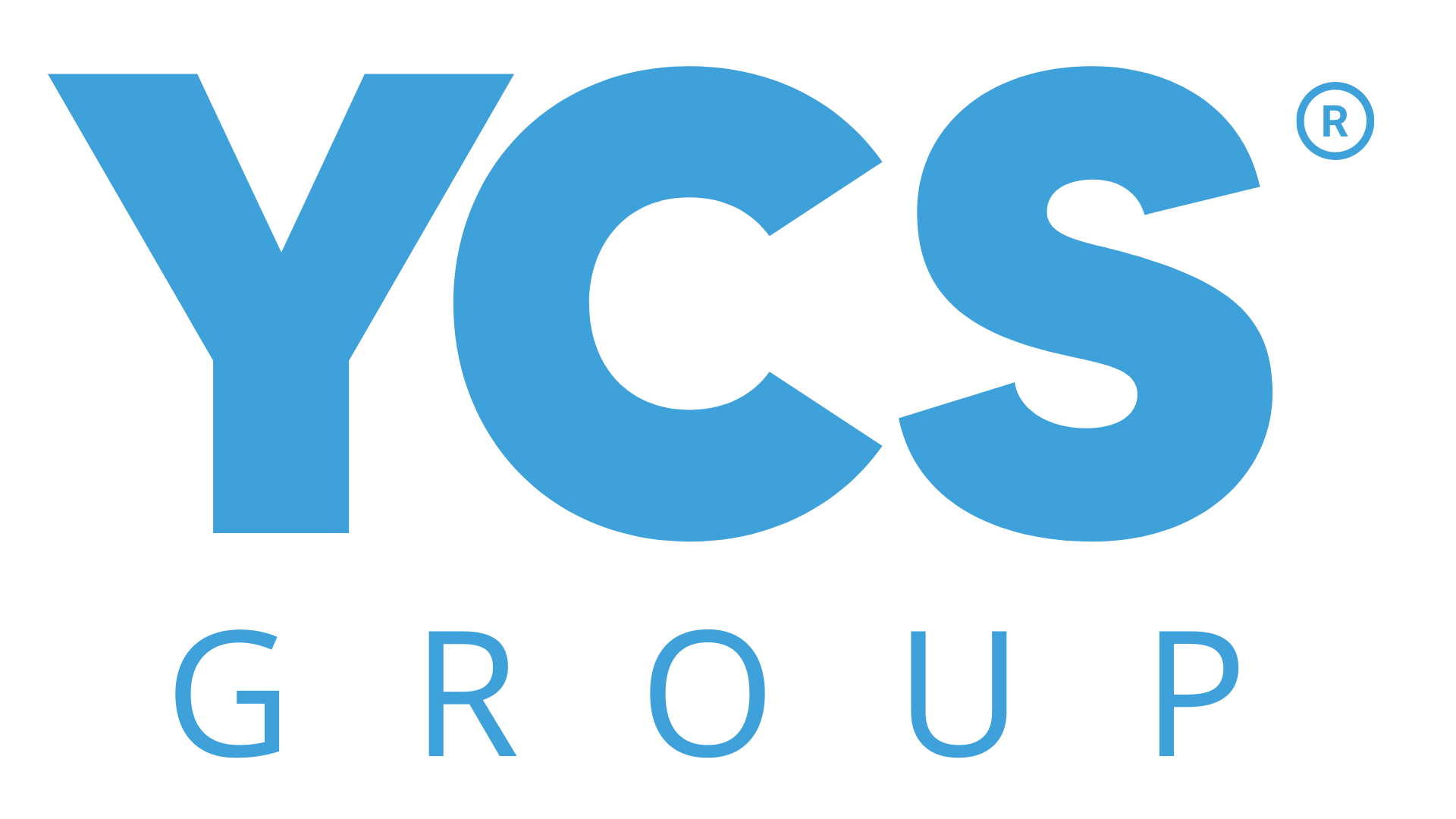
Instant Gratification vs. Delayed Gratification: Which is Better for Loyalty Programs?
In today’s competitive marketplace, customer retention is paramount. Brands invest heavily in loyalty programs designed to keep customers coming back. Two psychological approaches—instant gratification and delayed gratification—play a crucial role in shaping these programs. This blog explores both strategies, weighs their benefits and drawbacks, and determines which approach might best foster lasting loyalty.
Understanding the Concepts
Instant Gratification
Instant gratification refers to the desire to experience pleasure or fulfillment without delay. In loyalty programs, this approach often leads to a quick boost in customer engagement.
Immediate rewards: Offering points that can be redeemed immediately, discount vouchers upon signing up, or small perks with each purchase.
Real-time feedback: Providing instant notifications, updates on rewards, or gamified experiences that encourage ongoing engagement.
Quick wins: Creating a sense of accomplishment or joy that comes immediately after a purchase is made or an activity is completed.
Delayed Gratification
Delayed gratification is about postponing immediate rewards for a more significant, often more valuable payoff later. In loyalty programs, this strategy creates deeper relationships by encouraging long-term commitment.
Tiered rewards: Benefits that enhance as customers accumulate points over time.
Milestone rewards: Special bonuses or exclusive offers that customers unlock after reaching a certain spending level or completing specific challenges.
Long-term incentives: Programs designed to build a deeper relationship with customers, often featuring highly perceived value and exclusivity rewards.
Which Approach is best?
The answer isn’t straightforward; it often depends on your brand, target audience, and overall business goals. If your primary goal is to drive quick conversions and boost short-term engagement, incorporating elements of instant gratification can be highly effective. Retailers or e-commerce platforms, for example, might benefit from offering immediate discounts or bonus points with purchases. Brands aiming to cultivate deep, lasting relationships may favor a strategy focused on delayed gratification. Financial services, travel, and luxury brands—where the perceived value of rewards is higher—can create a sense of exclusivity and long-term commitment by gradually unlocking benefits.
In our experience, a hybrid model is the best of both worlds. However, most successful loyalty programs depend on instant gratification for brand awareness, sales, and, most importantly, word-of-mouth advertising sales. For instance:
- Onboarding Bonuses: Offer a small immediate reward for signing up or making the first purchase.
- Surprise and Delight: Occasionally offer surprise rewards to maintain the excitement of instant gratification while still promoting long-term commitment.
The takeaway
Both instant and delayed gratification have unique advantages that can profoundly influence customer behavior. The key to a successful loyalty program is understanding customers’ preferences and finding the right balance between immediate rewards and long-term incentives. By blending the immediacy of instant gratification with the depth of delayed gratification, brands can create a loyalty program that attracts new customers and nurtures lasting relationships, ultimately driving sustained growth and success.
Are you looking to create or improve your loyalty program? Visit perksprofessor.com to get started, enhance your rewards, or improve your engagement rate.
